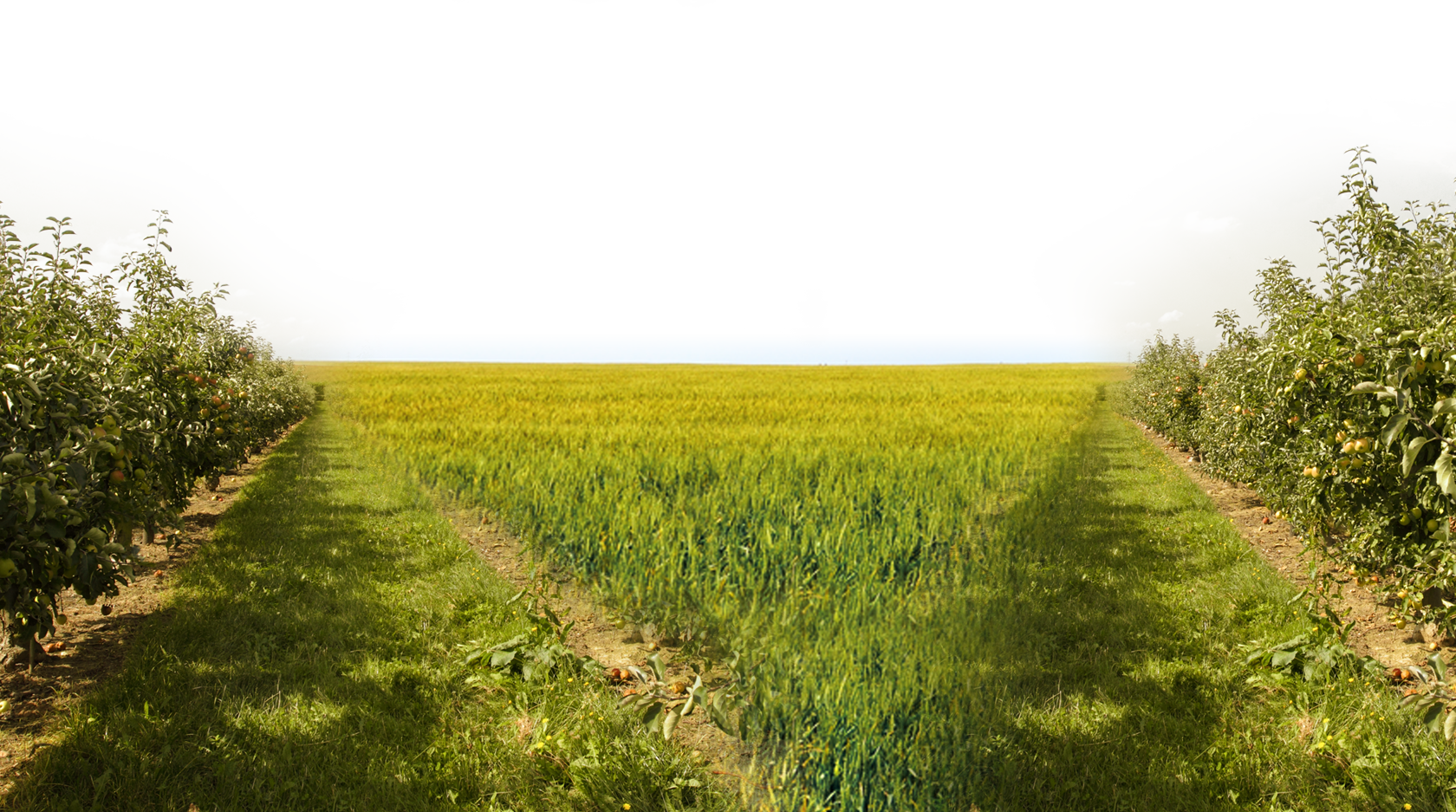
Slow Food: No Slow Cooker Needed
By Elizabeth Chatellier, MA, RDN | 0 Comments | Posted 09/05/2014
I was lucky enough to attend graduate school in Italy, at the University of Gastronomic Sciences (UniSG), associated with the International Slow Food Movement. Slow food is a movement against fast food but I didn’t go all the way to Italy to learn how to use a slow cooker to prepare my meals! Instead, I became a Slow Food “cooker” myself!
Slow Food is all about taking pleasure in good, clean and fair food: food that is pleasing to the palate, produced in ways that don’t harm the environment, and that farmers are paid a sustainable wage to produce.
During my studies, I learned so much in the classroom, and for my efforts I received a Master of Arts in Food Culture and Communications. Or, as I like to say- I became a Master of Leisure. Studies in the classroom included sensory analysis of all different kinds of foods, including wine, meat, beer, cheese, and olive oil, as well as many other food related subjects- philosophy, organic farming, sustainability, nutrition, biochemistry, and media studies such as photography, videography and writing.
All the while I ate my way through Italy. It was a fantastic experience, and very much encouraged me to be a life-long learner and lover of all things good, clean and fair.
Not only did I learn a tremendous amount in the classroom, I actually think I learned more outside of the classroom. I would like to share this blog entry I wrote called, “Convivial Conversations During Lunch”, while I was attending the university:
Earlier in the school year, during the more temperate months in Pollenzo, twenty or so of us would gather around the wooden picnic table in the UniSG courtyard to share our lunch. There was only room for ten to sit, and so the rest would hover around or lie on the lush grass, hoping the sprinklers wouldn’t put a damper on things. What could we learn from each other? True, during class we share stories, opinions, and knowledge based on personal experiences, but it is the food at lunch that most reflected our uniqueness and the cultural value that we bring to the table.
A few offered homemade sourdough bread to share and compare, discussing how the use of certain strains of yeast from various parts of the world result in varying flavors and textures. The Lebanese student offered her hand-rolled dolmas, for which she uses fig leaves foraged from her neighborhood in Bra. The Italian in the class refused to stand and eat at the same time because, she says, Italians don’t do that sort of thing: they sit down and pay attention to the meal. The Japanese student displayed Bento-style designs and unique vegetable cutouts, and the Korean brought hand-rolled sushi made with tuna. A wide array of salads and pastas also appeared, containing legumes and local vegetables, reflecting our newly adopted Italian lifestyle. And, for certain, we made sure we all had a fork in hand and decided which lunch we were going to dig into next.
A couple of months ago, the student body received an email from the staff stating that it is strictly forbidden to eat lunch on the Roman ruins of the UniSG courtyard, an area where some of us retreated due to limited seating around the picnic tables. It seemed quite a comical request, given that I had never attended a university where the preservation of ancient stone is an issue. What so innocently looks to be a nice place to squat in the sun and eat foccacia is actually thousands of years old, where others in the ancient past may too have enjoyed the conviviality of dining with close friends and family.
I can’t help but wonder what I will ultimately take away from my experience in Italy studying at UniSG. I am realizing that it is equally important to share our individual culinary knowledge and cultural food choices as it is to taste and smell the differences. Gastronomy is an encompassing term that not only involves consumption, but also cultural exchange through thought and practice. Personally, although I don’t bake, I may try to experiment with my friend’s bread recipe because I can’t imagine my lunch without a slice of hearty, whole grain goodness. I would also like to sit down and enjoy my meal more often, something I didn’t do much before coming to Italy, rather than eating without thought or acknowledgement. I have a feeling that when we go our separate ways after graduation, I will remember laughing and talking with my foreign peers as much I did as eating the delicious assortment of global cuisine that appeared daily at our lunch table.
The simple term “lunch” now means so much more to me, having had this wonderful opportunity not only to share food but also cultural knowledge around the table. Eating together outside of the classroom is crucial to our learning experience. UniSG is a place where students can convene, share delicious meals, and partake in the conviviality we all value so much, as it is one of the primary reasons that brought us here in the first place.


 Contact us
Contact us



























